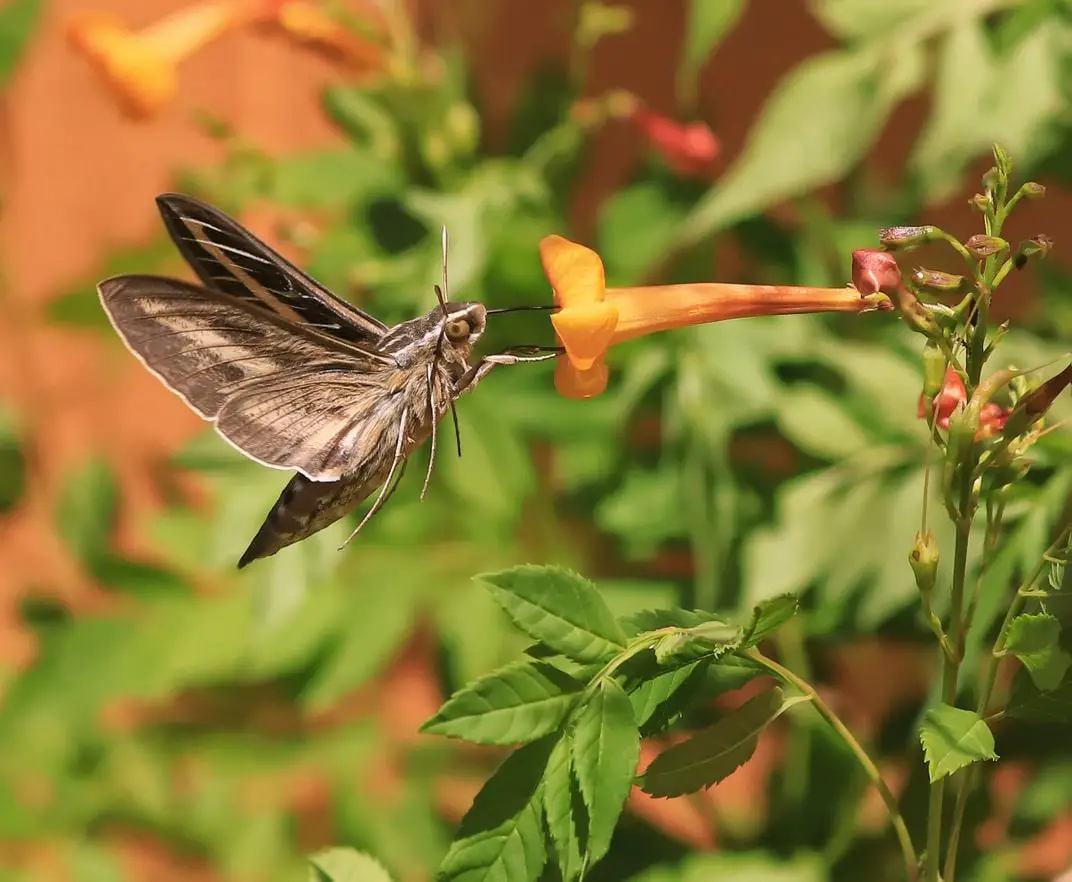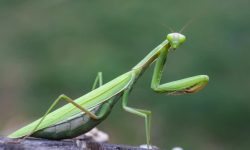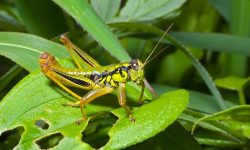Moths are fascinating creatures often misunderstood as simple night butterflies. With over 160,000 known species worldwide, moths play a vital role in ecosystems as pollinators and as part of the food chain. Yet, one of the most common questions people ask is: What do moths eat?
The answer depends on the species and their life stage. Some moths feed on nectar, fruits, and even animal waste, while others don’t eat at all as adults. Their larvae — known as caterpillars — are voracious eaters, consuming leaves, fibers, and organic materials.
In this guide, we’ll explore 20 foods moths love the most, explaining what both adult moths and larvae feed on, how their diet supports their life cycle, and why understanding their eating habits matters for both nature and home protection.
Understanding What Moths Eat

Moth Diets Change Through Life Stages
Moths have two major feeding stages: the larval stage (caterpillar) and the adult stage. Caterpillars eat constantly to gain energy for metamorphosis, while many adult moths focus on reproduction and may not eat at all.
The Difference Between Wild and Household Moths
In the wild, moths feed on natural substances such as nectar, fruit sap, and decaying plants. Indoor moths, on the other hand, prefer man-made materials — clothes, stored grains, and pantry items. Understanding this difference helps explain why some moths are beneficial while others are pests.
20 Foods Moths Love the Most
1. Flower Nectar
Nectar is the main food source for many adult moths. It provides sugar-based energy that keeps them active during flight. Night-flying moths, such as the hawk moth, are especially drawn to pale, sweet-smelling flowers that bloom after sunset.
Their long proboscis (feeding tube) allows them to reach deep into flowers, making them effective nocturnal pollinators. Nectar gives moths the stamina to search for mates and lay eggs through the night.
2. Fruit Juice and Sap
Moths are often seen feeding on fermenting fruit or tree sap. The natural sugars in these liquids supply carbohydrates that help fuel their activity. Overripe fruits like bananas and apples are particularly attractive.
Tree sap is another important resource, especially for moths that live in forested environments. It’s a rich source of minerals and natural sugars, replacing the role of nectar when flowers are unavailable.
3. Rotting Fruit
Fermenting fruit emits a strong, sweet smell that attracts moths from far away. The high sugar concentration provides quick energy for adults, while larvae sometimes feed on the soft, decaying flesh.
This feeding habit plays an ecological role by helping break down organic matter and recycle nutrients back into the soil.
4. Honeydew (Aphid Secretions)
Honeydew — the sugary liquid excreted by aphids and other sap-feeding insects — is a favorite of many moth species. It coats plant leaves and stems, and moths lap it up using their proboscis.
In dry climates or off-seasons, honeydew serves as an alternative nectar source. It’s rich in sugar and trace minerals that sustain adult moths through tough periods.
5. Animal Droppings
It might sound strange, but certain moths feed on animal droppings to extract nutrients. These droppings contain nitrogen and minerals that the moths cannot get from plant-based foods.
This behavior is common in tropical species where organic matter decomposes rapidly. It also demonstrates how moths recycle nutrients and contribute to ecosystem balance.
6. Sweat and Tears
Some tropical moths — particularly salt-loving species — feed on human sweat or animal tears. They use their proboscis to absorb salt and minerals essential for their reproductive success.
This phenomenon, known as lachryphagy, helps moths supplement their diet with sodium and amino acids, which are scarce in nectar and plant sap.
7. Pollen
While moths are not as famous as bees for pollination, some species actively consume pollen. The protein in pollen supports egg production in females and strengthens overall vitality.
Moths that feed on pollen typically visit heavily scented flowers such as jasmine and evening primrose. This dual role of feeding and pollinating benefits entire ecosystems.
8. Tree Bark and Lichen
Certain moths have evolved to feed on tree bark, moss, and lichen. These plant materials provide carbohydrates and minerals while offering camouflage against predators.
In forest habitats, this feeding pattern helps maintain the health of trees by clearing old bark and fostering microbial growth.
9. Decaying Leaves
Moth larvae often feed on decomposing leaves that have fallen to the ground. This material is softer and easier to chew than fresh foliage. It also contains microbes that add nutritional value.
By consuming leaf litter, caterpillars help decompose organic matter, contributing to soil fertility and nutrient cycling.
10. Animal Fur and Feathers
Clothes moth larvae are notorious for eating wool, fur, and feathers. These materials contain keratin, a tough protein that larvae digest using special enzymes.
This diet allows them to thrive in wardrobes, carpets, and upholstered furniture. While a nuisance to humans, it’s an ingenious adaptation that enables survival indoors.
11. Silk and Cotton Fabrics
Besides fur, fabric moths also feed on natural fibers like silk and cotton. The fibers provide carbohydrates and oils that larvae need for growth.
Synthetic materials like polyester or nylon hold little appeal, which is why natural fabrics are more at risk from moth infestations.
12. Cereal Grains
Pantry moths, such as the Indian meal moth, feed on stored grains like rice, oats, cornmeal, and flour. The starch provides energy for larvae and adults alike.
A single moth infestation can quickly spread through stored food if left unchecked. The best prevention is airtight storage and regular cleaning.
13. Nuts and Seeds
Moths that invade kitchens are also drawn to nuts and seeds. These are rich in fats, proteins, and vitamins that support larval growth.
Infested seeds often have small holes or silk webs — signs that moth larvae have been feeding inside. Proper sealing and storage prevent such contamination.
14. Dried Fruit
Dried fruits such as raisins, apricots, and dates are favorite targets for pantry moths. The concentrated sugar and low moisture make them long-lasting energy sources.
Once larvae find dried fruit, they spin webs around it, contaminating entire batches. Storing dried fruits in cool, sealed containers is the best defense.
15. Flour and Meal Products
Pantry moth larvae thrive on flour, cornmeal, and other powdered foods. These soft textures are easy to chew and digest, making them ideal for growth.
Flour moth infestations are often discovered by finding silk-like threads or small cocoons near stored bags. Regular inspections can prevent damage.
16. Animal Hair and Dead Skin
Some moth larvae feed on shed animal hair and dead skin particles. These are rich in keratin and organic matter that sustain them through early development.
In homes with pets, this diet allows moths to survive even without fabric or stored food nearby. Regular vacuuming can help eliminate this hidden food source.
17. Dried Herbs and Spices
Pantry moths are sometimes attracted to dried herbs like basil, thyme, and bay leaves. The fragrant oils and plant matter provide limited nutrients but still support larvae.
Although not their first choice, herbs can become infested when stored for too long without airtight protection.
18. Paper and Cardboard
Moth larvae occasionally feed on paper or cardboard that has absorbed organic oils or moisture. This diet is rare but shows how adaptive these insects can be.
Paper-eating behavior is most common in storage areas where moths also find fabric or grains to feed on.
19. Honey and Sugar
Moths have a natural attraction to sweetness. Wild moths often visit honeycombs or sugar spills to drink sticky liquids that offer instant energy.
This feeding behavior mirrors that of butterflies and helps sustain adult moths that rely on carbohydrates to fuel night flights.
20. Natural Oils and Sweat Residue
Clothes moths are drawn to the natural oils found on worn clothing. These oils provide trace nutrients and make fabrics more palatable to larvae.
This is why freshly laundered clothes are less likely to be attacked — the absence of sweat and oils makes the fibers harder for larvae to digest.
The Importance of the Moth’s Diet
For the Ecosystem
Moths play an essential ecological role. By feeding on nectar and organic matter, they pollinate plants, recycle nutrients, and serve as food for birds and bats. Their larvae contribute to decomposition, keeping ecosystems balanced.
For Humans
Understanding what moths eat helps prevent household infestations. Knowing their food preferences allows homeowners to protect stored goods and fabrics. Simple measures like sealing containers and cleaning wardrobes can make a big difference.
Frequently Asked Questions (FAQs)
Do all moths eat the same things?
No. Moth diets vary greatly depending on the species. Some feed on nectar, others on fibers or grains, and some adult moths do not eat at all.
What do baby moths (larvae) eat?
Moth larvae feed on solid materials such as leaves, fabric fibers, grains, or hair. Their main goal is to gather energy for metamorphosis into adult moths.
Do moths eat clothes?
Yes, but only certain types — primarily clothes moths. Their larvae consume wool, silk, and other natural fibers rich in keratin.
What do adult moths eat if they don’t have mouths?
Some adult moth species lack functional mouthparts, so they live off fat reserves stored from their larval stage. They focus solely on reproduction and die shortly afterward.
How can I keep moths away from my home?
Keep clothes and food in sealed containers, vacuum regularly, and use natural repellents like lavender or cedar. Reducing access to food sources is the most effective prevention method.
Conclusion
Moths may seem small and fragile, but their diets reveal remarkable adaptability. From nectar and fruits to wool and grains, moths have evolved to thrive in nearly every environment. Their feeding habits not only sustain them but also help pollinate plants and recycle nutrients in nature.
Whether fluttering under moonlight or quietly nesting in a closet, these creatures remind us that even the smallest species play an important part in Earth’s complex food web.






